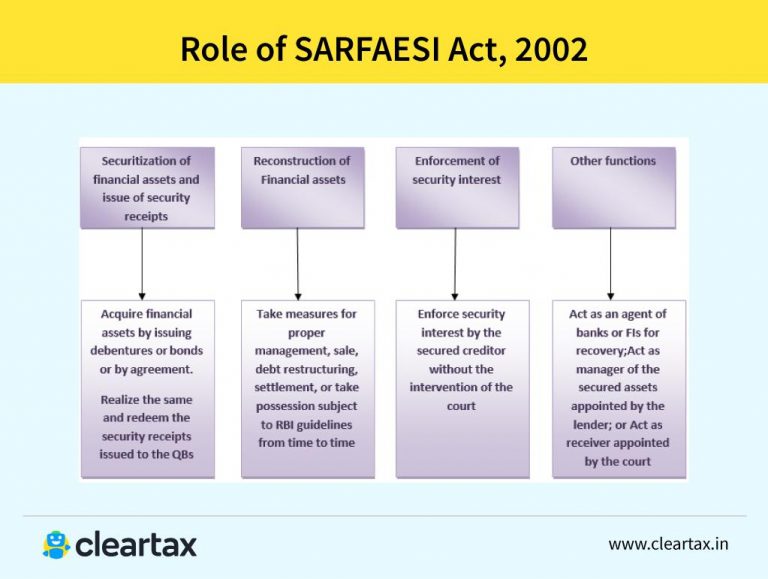India’s Central Bureau of Investigation (CBI) has joined the Interpol’s International Child Sexual Exploitation (ICSE) initiative and gained access to its image and video database.
On average, the database of the ICSE initiative helps identify 7 child victims everyday globally.
Reference
Banks have invoked the Securitisation and Reconstruction of Financial Assets and Enforcement of Security Interest (SARFAESI) Act against telecom infrastructure provider GTL to recover their pending dues.

Reference
Indian pharmaceutical companies and start-ups may soon offer CAR T-cell therapy-based treatment for cancers at nearly one tenth of the cost in the US.
Reference
The 2022 edition of the United Nations’ World Population Prospects (WPP) was released recently.
Reference
Recently, the UN Habitat released the World Cities Report 2022.
Reference